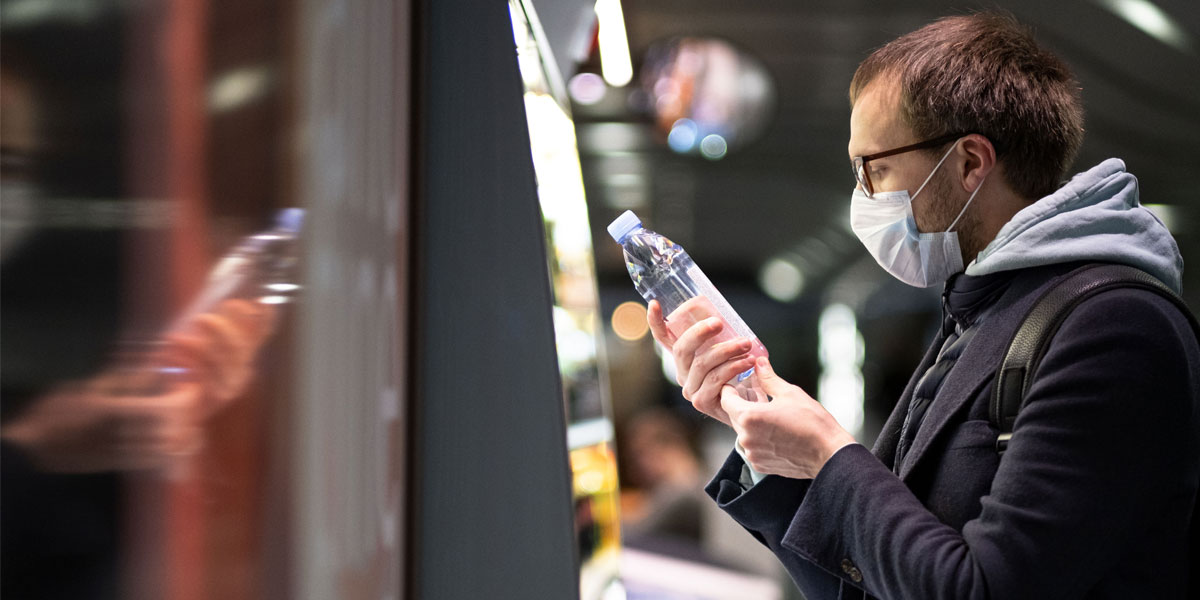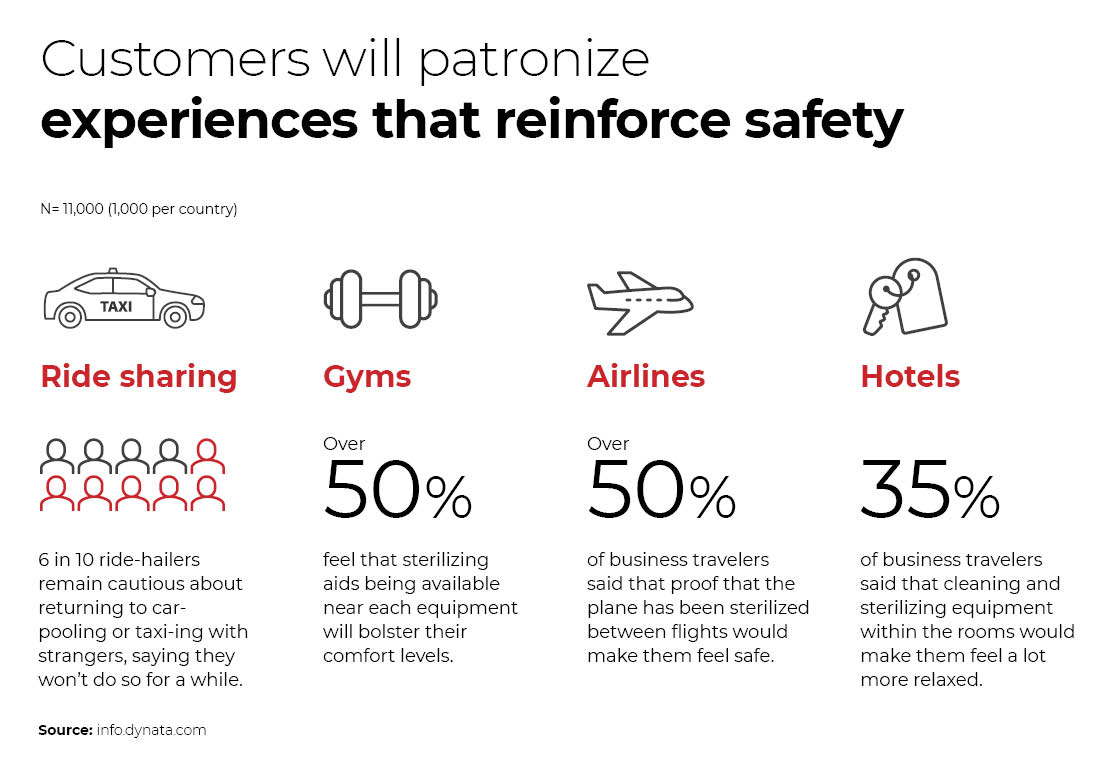The COVID-19 pandemic has fundamentally changed the world as we know it. As people experience major shifts in their lives, it has brought along new fears, challenges, and needs while, in many cases, altering consumers’ perceptions of products and services. Businesses across sectors need to be quick to capture these signals and rethink their brand strategies to stay relevant in the post-COVID-19 world.
Understanding this evolved consumer is the first step towards responding effectively. Engaging market research firms to gather the latest consumer insights relevant to your business is more important now than ever.
We’ve compiled some key data and information capturing the behavioral changes we’re observing in the B2C segment.
What’s happening now?
Wellness and hygiene take the spotlight
Consumers are looking for newer ways to not just ensure hygiene but also boost immunity. Healthier living is being closely attributed to healthy eating as 55% food shoppers in Europe tout it to be their top-most priority. Winning brands will be those that can convince consumers not just about their product’s health quotient but also the hygiene measures undertaken from source to store.
Prolonged restricted living is creating health concerns among not a few, becoming one of the most highlighted post-COVID-19 consumer behavior. As consumers turn to indoor exercise options, the fitness market has boomed at an exponential rate of 170%. With no immediate signs of a vaccine and the heightened need for cleanliness, integrating a health strategy into their market plans will be inevitable for brands to earn sustained trust.
Price sensitivity is driven by economic volatility
For those among middle and higher-income groups, the pandemic may be stirring up a trade-up of brands to make up for the unrealized out-of-home experiences. But for the majority, it has caused tangible wallet adjustments, with many unflinchingly switching brands to stock up more for less.
With no end to these uncertain times on the horizon, and 40% of global consumers having lost their jobs, many are delaying or canceling high-ticket purchases. Conscious consumption, limited wastage, and the quest for sustainable and value-driven alternatives make up a tangible part of the post-COVID-19 consumer behavior observed. As promotional campaigns take the back-burner, brands may need to explore new business models to build resilience while staying budget-friendly.
What’s up next?
E-commerce turning into a post-COVID-19 buying habit
Social distancing is pushing even non-digital natives to shop online. In India alone, the pandemic is expected to drive online sales to around USD 85 billion by 2024. Besides, the conveniences and variety of options presented by this channel have convinced 86% of global digital shoppers to stick to this routine even in the post-COVID world.
As economies re-open, brands will do well to heed this shift to reprioritize their channel investments accordingly. Placing greater focus on D2C (direct-to-customer) will prove profitable for brand manufacturers over time. Next, pick-up services are seeing rising demand due to the surge in online shopping. As such, brands must also consider the current dearth of e-commerce delivery capacity and partner with more localized delivery channels.
Staying indoors will transform into a conscious choice
There’s no doubt that the pandemic has completely changed how consumers think and act. These attitudes are expected to last long into the future even after the pandemic is contained. So while consumers may feel hunkered down under compulsion right now, studies suggest that eventually, they will prefer this “nesting time” with their loved ones even as they save more and stay safe all at once. These signs become even clearer as DIY home improvement and gardening products witness an uptick across the US.
Among the other non-essentials that are witnessing growth are breadmakers, craft kits, and computer monitors. Also as safety and accessibility assume priority, a considerable number are choosing to shop locally from brick and mortars they trust. Brands would do good to redefine their selling propositions to highlight their product’s conveniences in this new normal.
All in all, the future will see success on the side of brand manufacturers prepared for quick decisions basis evolving consumer behavior fluctuations. Accurately tracking the post-COVID-19 consumer behavior across various categories and channels over time and their impact on the brand will help answer key questions about enduring habits and disruptive patterns.
To capitalize on emerging market scenarios businesses will need:
- Weekly updates: into the shopper’s basket to develop quick and accurate responses to fast-changing consumption patterns
- Channel visibility: into how many customers are switching channels and why, to fine-tune their purchase journeys
- Market pulse: that not just tracks disruptive trends but also helps stay future-ready by analyzing data for potential growth opportunities
Netscribes helps brands confidently navigate the market through these trying times with in-depth consumer research to stay ahead of the curve. To know how we can help you, write to us at info@netscribes.com








